Cacti are interesting and easy to care for, but they can be a pain to transplant and move. If you’ve ever tried to repot a cactus bare-handed, you probably walked away with a few sore spots or spines in your fingers. Cacti varieties with small, fine spines can be especially tricky to deal with as their spines tend to break off once they’ve punctured your skin. This can lead to hours or even days of itching and discomfort.
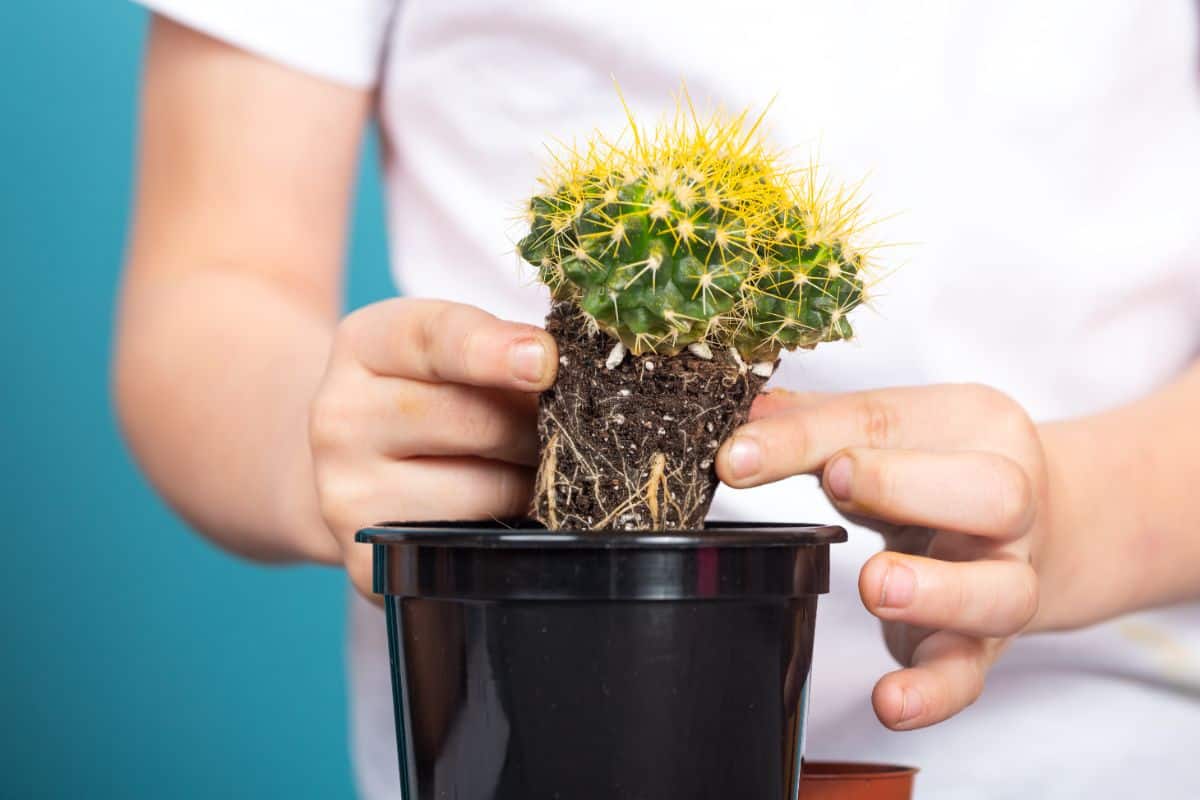
Handling cacti incorrectly not only puts your own well-being at risk, but it can also damage your plant. Gripping too tightly with tools or accidentally dropping a cactus can cause serious injury to your beloved plant. Despite their prickly exterior, cacti are delicate plants and can be easily damaged when handled incorrectly. However, if you’re willing to take a few precautions, you’ll be handling cacti safely in no time.
Gloves
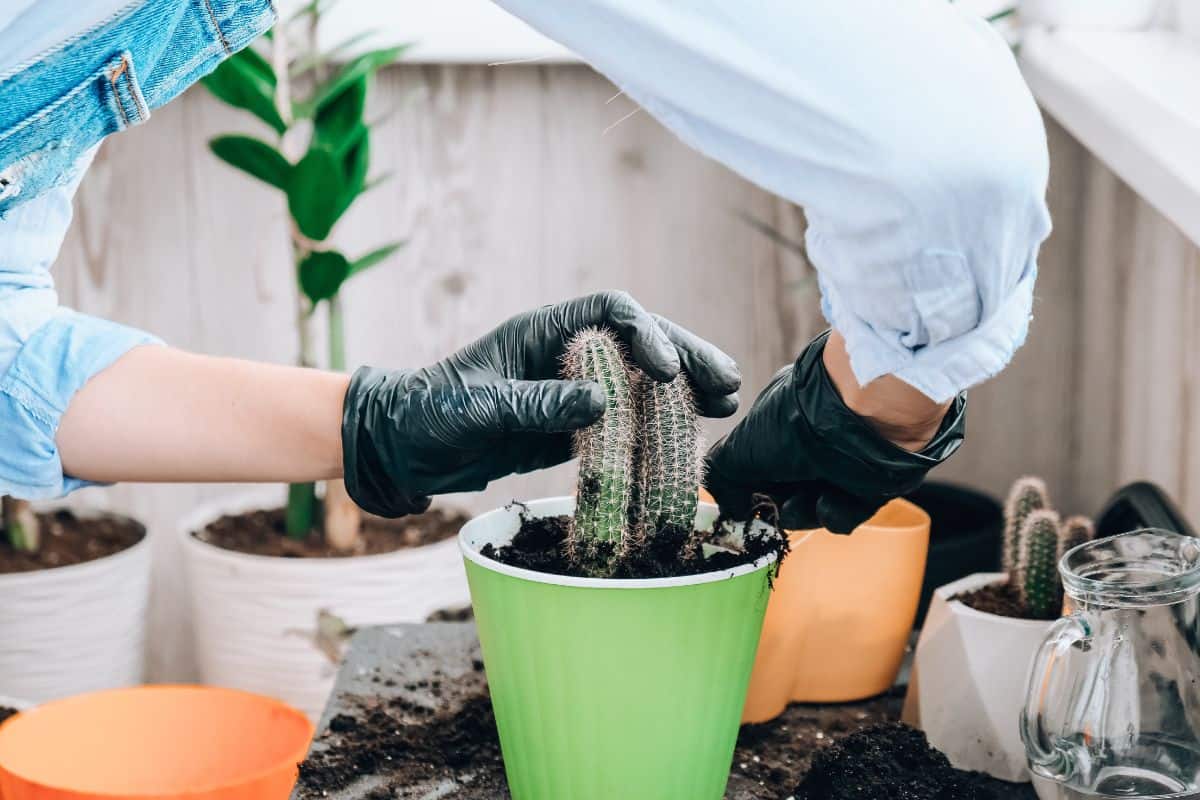
One of the best tools to handle cacti with are gloves. You’ll want to be sure that the gloves are made from a material that is puncture resistant. Many gardeners have found success with leather or nitrile-coated gloves. These types of gloves are also used by rose gardeners who need protection against thorns. If you’re willing to splurge a little, Kevlar gloves are another option. They are puncture and cut resistant and are much more durable than your typical gardening gloves.
Cacti with especially long and sharp spines may still find their way through the gloves, so be sure not to grip the plant too tightly. Gloves are best used in combination with other tools to prevent any accidental injuries to your hands.
Tongs
When handling smaller cacti, consider using tongs to handle the plant. Metal or plastic tongs will do well but can damage a plant if used too roughly. Tongs with silicone on the ends will grip well and provide a bit of cushion to prevent any damage to the cacti. Remember to grip the cactus firmly, but not so tightly that you damage the plant. If you’re having difficulty getting a grip with your tongs, the cactus may be too big to safely handle using this method.
You may still want to wear gloves while using tongs, especially while shifting soil around with your other hand. You don’t want to accidentally poke yourself.
Newspaper
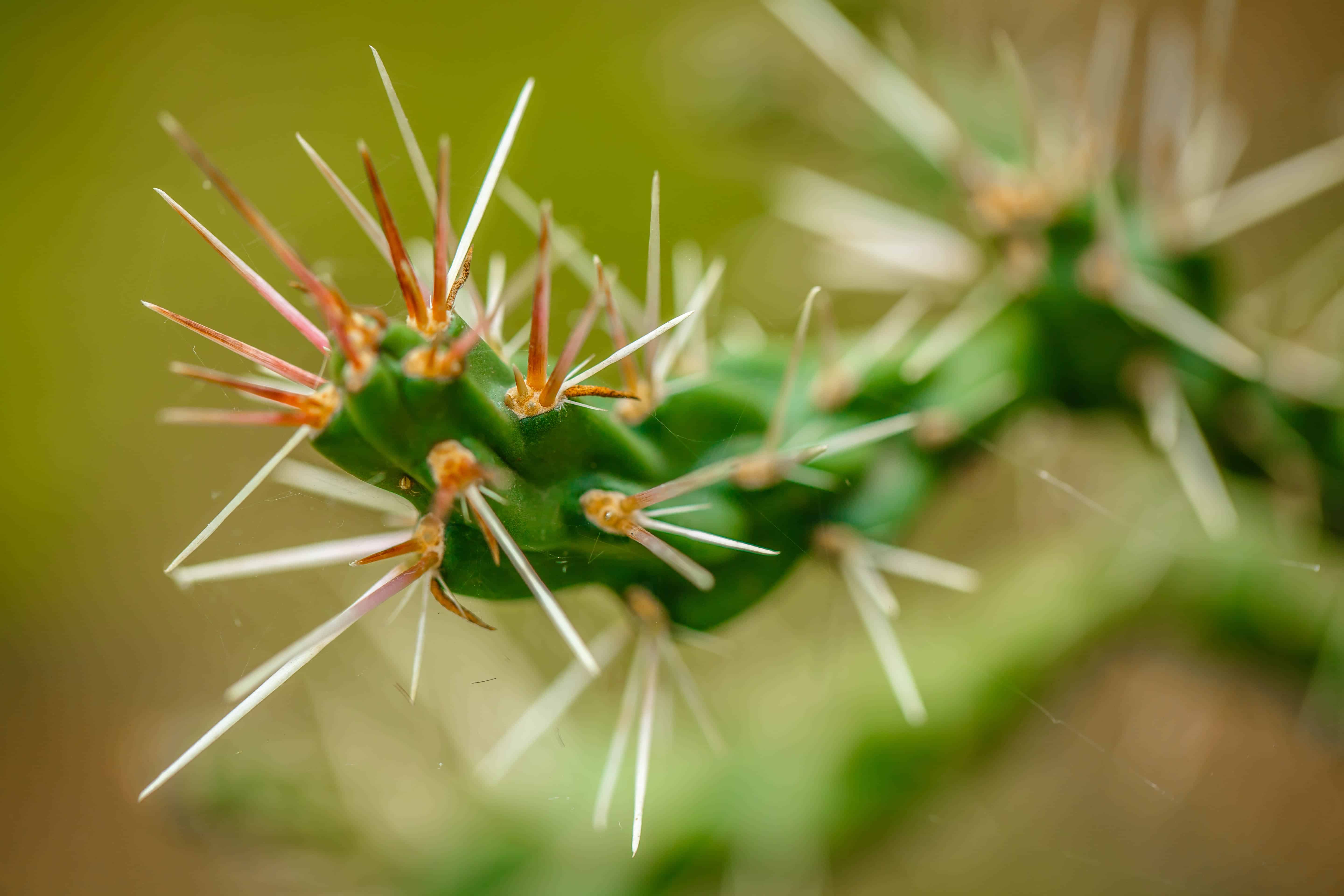
Many cacti lovers have successfully handled their smaller cacti using old newspapers or even magazines. Paper shopping bags also work well. Paper provides the best protection when used in layers, so depending on the type of cacti you’re moving, you may want to use quite a few pieces of paper. Simply wrap the cactus in layered paper and gently maneuver the plant into place. Be cautious, as this method is not foolproof, and you may still end up with a spine in your skin.
No products found.
Don’t grip the cactus too tightly and be sure to wear gloves as an added layer of protection. This method works best with smaller cacti, so if you find it difficult to grasp the plant without the spines puncturing the paper, you may need to try something else.
Towels
Similar to the newspaper method, using towels is a great option for safely handling cacti. Towels can also be used to move larger cacti that may otherwise be too difficult to handle. Be sure to use relatively thick towels or layer them for the best protection. Simply wrap the cactus in the towel and grasp the ends to move it wherever it needs to go. This is an effective way to move heavier cacti from place to place, but it can be difficult to maneuver the plant into its new pot or hole in the ground, so you may need to use another tool to get the job done.
For smaller plants, you may be able to completely encase the cactus in the towel to provide complete protection. Just be sure you don’t grasp the cactus too tightly or you may find that the spines will go through your layers of towels.
Rugs or Carpet Scraps
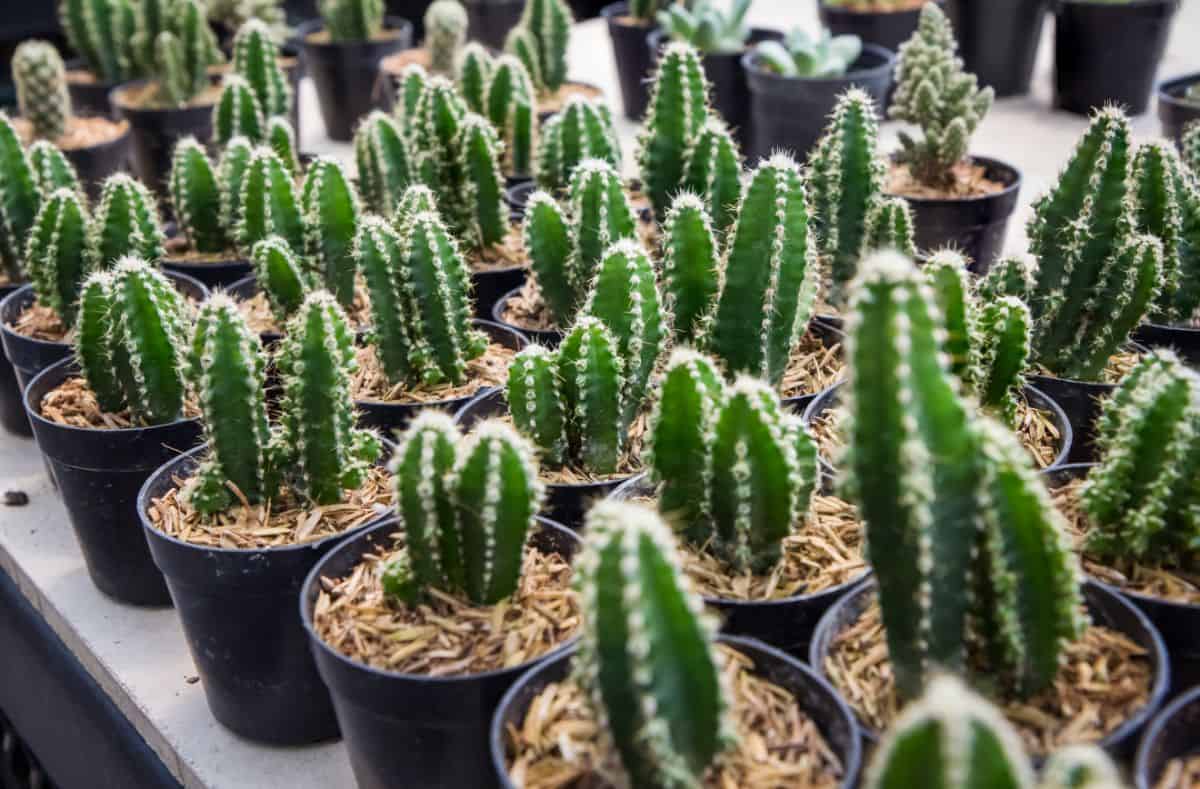
Large cacti can be dangerous and difficult to handle. Big cacti are incredibly heavy, and depending on the species, the spines can be quite long and sharp. Repotting or moving these giants can be nearly impossible without the right tools. However, rugs or carpet scraps are perfect for moving big, heavy cacti. Rugs and carpet are strong enough to support a significant amount of weight, while also providing protection to the plant. Professional landscapers even use carpet to handle the giant saguaro cacti of the Southwest.
Carpet is an especially useful tool if you need to move your cacti long distances. It provides enough padding that your cacti should arrive at their destination safe and sound. Additionally, the spines of many types of cacti tend to get caught in the carpet fibers, which will give you a bit more grip when handling the plant.
Chopsticks
Moving tiny cacti can present nearly as many challenges as moving large cacti. Most importantly, you want to move the delicate plant without damaging it. Chopsticks are an excellent tool to use in these situations. If you know how to use chopsticks correctly, you should be able to delicately grasp the cactus and move it into position.
Chopsticks can also be useful in holding the cactus in place while you move soil around it. If you need to handle larger cacti, however, they are not the most effective tool and may puncture or damage the plant. No matter what size your cactus is, use gentle pressure when using your chopsticks to prevent any damage.
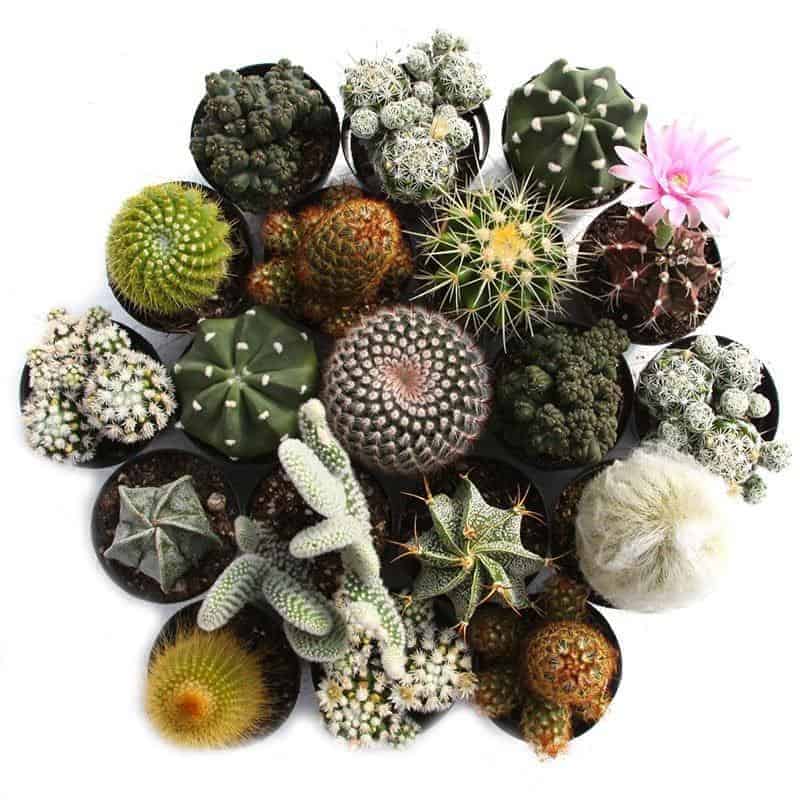
If you’ve been reluctant to add a few cacti to your collection, fear no more. With these skills, you're ready to grow the cacti garden of your dreams. Most of these tools can be found around the house so the only thing you’ll need to do before expanding your garden is to invest in some quality puncture resistant gloves. Remember, no matter what tools you use, always handle your cacti with care. They'll definitely let you know if you're squeezing them too tight!

